Shine of the times
Exhibition showcases Mexican silverware spanning five centuries
"Silver is the soul and heart of Mexico. Its sole mention evokes ambition, wealth and conquest dreams. It communicates traditions, folk art, contemporary art and design," said Adriana Gallegos Carrión, curator of Mexico's Silver: History and Future, which is being held by the Mexican government and the Long Museum.
The exhibition features over 150 silverware pieces gathered from the Arocena Museum, the Tane Company, and the Hangzhou Museum.
Works on view have a huge variety of shapes and textures. They have different styles of design including renaissance, baroque, neoclassical and modernist, as well as influences from the local pre-Hispanic cultures and Mexican folk art.
Every single piece involved a chain of labor, including miners and silversmiths. "Whenever I see a beautiful silver object, I realize the amount of work invested by all those Mexicans that took part. It is, literally, a bit of Mexico," Carrión told the Global Times.
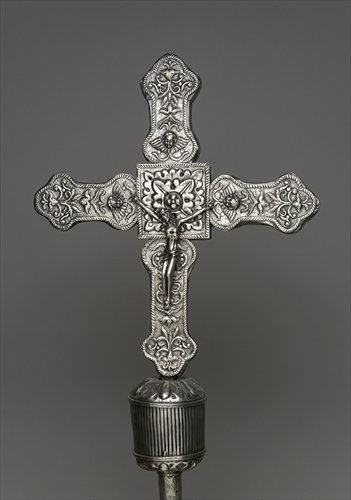
An assortment of Mexican silverware pieces spanning five centuries are on display at the Long Museum (West Bund). Photos: Courtesy of the museum
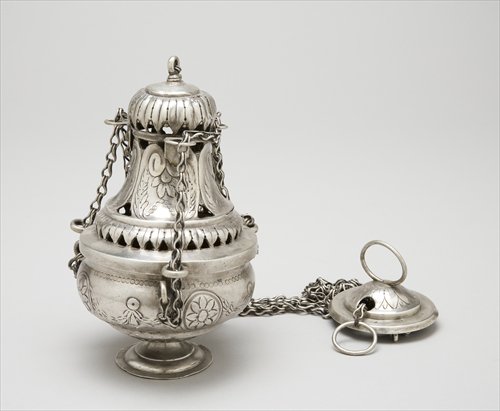
A long history
Silver has a long history in Mexico. Since pre-Hispanic times, Mexico's first silversmiths developed unique expertise in working with precious metals. During the colonial era, silver was used by conquerors to demonstrate their powers to the rest of the world, first as a precious raw material and then minted into coins and used as currency around the globe. About 80 silver pieces from the 16th century to the early 19th century come from the Arocena Museum, which is well-known for its colonial and European silversmith crafts.
In the Arocena collection, one can find a wide variety of exquisite silver pieces for liturgical use such as chalices, goblets and collection plates. They were collected over a century by the Arocena family, founders of the Arocena Museum.
Silverware during the Mexican viceregal period (1521-1821) played a major role in the daily life of Mexican society for religious and civilian purposes. "Despite its abundance, objects such as the ones found in this exhibition were possessed only by a minority," Carrión said. "They were displayed and used in convents and temples, palaces and high-class residences in the capital and other cities, especially those related to mining activities. Their owners took great pride and joy in these possessions and they were coveted in Mexico and abroad." Even though most of the pieces remain of unknown provenance, some have marks allowing experts to identify the silversmiths.
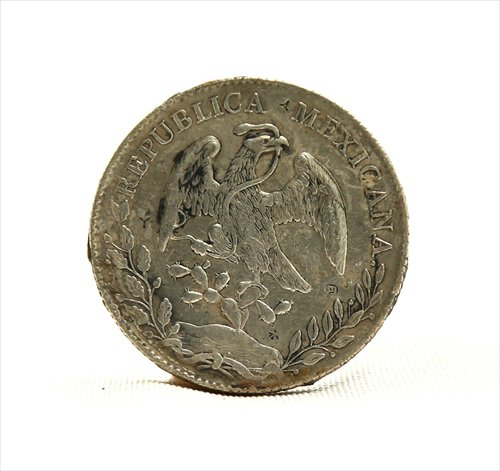
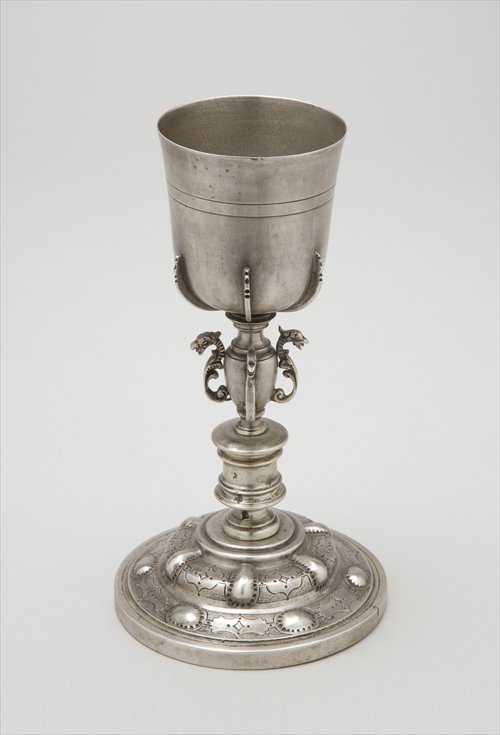
Modern techniques
The silversmiths in contemporary Mexico have kept alive their fine tradition by incorporating modern techniques and taking account of global trends. Tane, a Mexican luxury brand that has gained recognition for its great silverware craft, carefully selected 70 pieces dating from the 1960s to the present day for the exhibition.
Works on display include sculptures, jewelry, cutlery, jars, accessories and other objects inspired by Mexican traditions, pre-Hispanic art and folk art. A pair of gold-and-silver roosters on display is extremely lifelike. Some of the well-known designers include Pedro Leites, Nino Bauti, Jan Hendrix and Xawery Wolski. Architects and sculptors also collaborate with the brand.
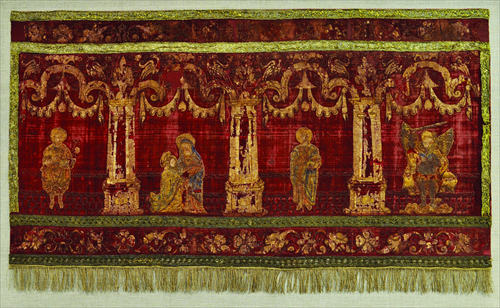

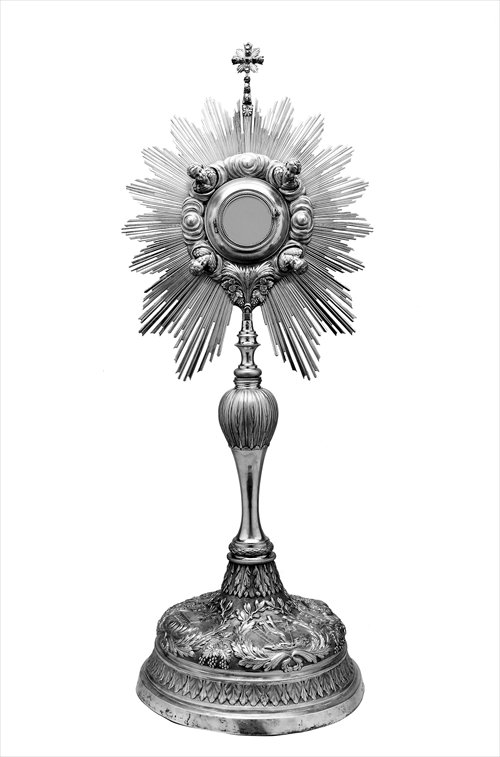
Early exchanges
The exhibition also features a collection of 10 Mexican silver coins unearthed in 2005 at an archeological site in Hangzhou. The front side of the coin bears an eagle perching atop a cactus with a serpent in its beak. Its reverse side features a liberty cap - a symbol of freedom commonly used in the 19th century - bearing the word "Libertad" (Spanish for "liberty"). These coins, known as "8 Real" in Mexico, date back to the 19th century and belonged to a bride's dowry, according to Carrión.
Mexican silver coins began circulating worldwide in 1572 and were brought to Asia by galleons from Manila and Acapulco. The coins on display demonstrate the strong trade and cultural exchanges between China and Mexico from an early time.
"History and future are not two entities apart but a passage that transcends time and geographical borders. It means that in Mexico, silver has a glorious past but also an inspiring future that we look forward to," said Carrión. "The exhibition presents a country where modernity meets tradition in every single work of art."
Date: Until January 12, 10 am to 6 pm (closed Mondays)
Venue: Long Museum (West Bund)
龙美术馆西岸馆
Address: 3398 Longteng Avenue
龙腾大道3398号
Admission: 50 yuan ($8.13)
Call 6422-7636 for details